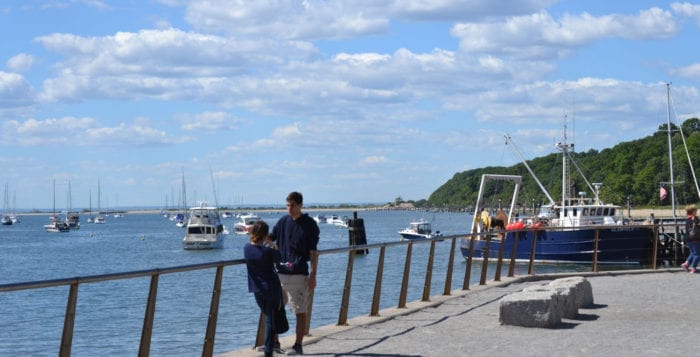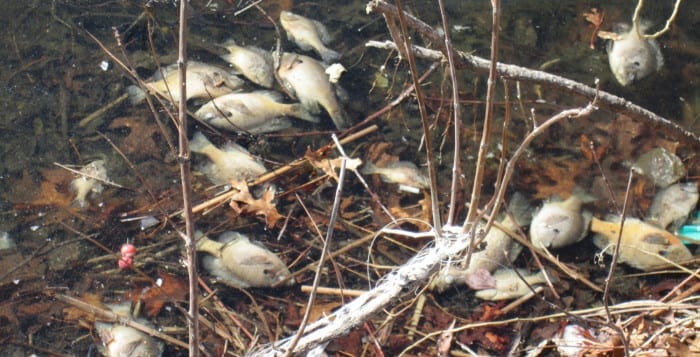Port Jefferson Harbor is currently undergoing an alarming phenomenon that an expert called “uncharted territory” locally.
The harbor is currently experiencing a rust tide, or an algal bloom, caused by a single-celled phytoplankton. Rust tides don’t pose any harm to humans but can be lethal to marine life.
Christopher Gobler, endowed chair of Coastal Ecology and Conservation at the Stony Brook University School of Marine and Atmospheric Sciences, said rust tides are spurred by hot air, water temperatures and excessive nutrients in the water, especially nitrogen. The Gobler Laboratory at SBU, named for the chairman, is monitoring the situation, performing research into its specific causes, and is looking for solutions to reduce nitrogen loading and thus the intensity of events like these, according to Gobler. He said he has been studying the phenomenon on the East End of Long Island for about 12 years, but this is only the second time it has occurred in Port Jefferson Harbor.
“We never had these blooms even on the East End before 2004,” Gobler said. “Now, they occur pretty much every year since 2004 or so.”
Blooming rust tides typically start in late August and last into mid-September. However, as water and global temperatures continue to rise, Gobler said there are a lot of unknowns. He said this is one of the hottest summers he has ever witnessed regarding the temperature of the Long Island Sound, adding that temperatures in the local body of water have increased at a rate significantly faster than global averages.
“The big issue is temperature, so these blooms tend to track very well with warmer temperatures,” Gobler said.
George Hoffman, a co-founder of Setauket Harbor Task Force, a nonprofit group which monitors and advocates for the health of the harbor, said his organization saw some early evidence of a rust tide in Little Bay while conducting biweekly water testing Aug. 24. Little Bay is located within Setauket Harbor, and within the larger Port Jefferson Harbor complex. Hoffman said the task force’s readings suggested salinity levels and water temperature were within the parameters needed for the growth of a rust tide.
Rust tide is caused by cochlodinium polykrikoides, according to a fact sheet compiled by the Rhode Island Department of Environmental Management. The single-cell phytoplankton may harm fish and shellfish because it produces a hydrogen peroxide-like compound that can damage their gill tissue. Fish can avoid these dangerous blooms by simply swimming away. Fish and shellfish harvested in areas experiencing rust tides are still safe for human consumption.
Gobler said the installation of septic systems capable of removing more nitrogen in homes, especially that fall within watershed areas, would go a long way toward reducing hazardous algal blooms. Suffolk County has taken steps in recent months to increase grant money available to homeowners interested in installing septic systems with up-to-date technology capable of reducing the amount of nitrogen discharged into local waters. In addition, members of the New York State-funded Center for Clean Water Technology at SBU unveiled their nitrogen-reducing biofilter April 26 at a Suffolk County-owned home in Shirley.






